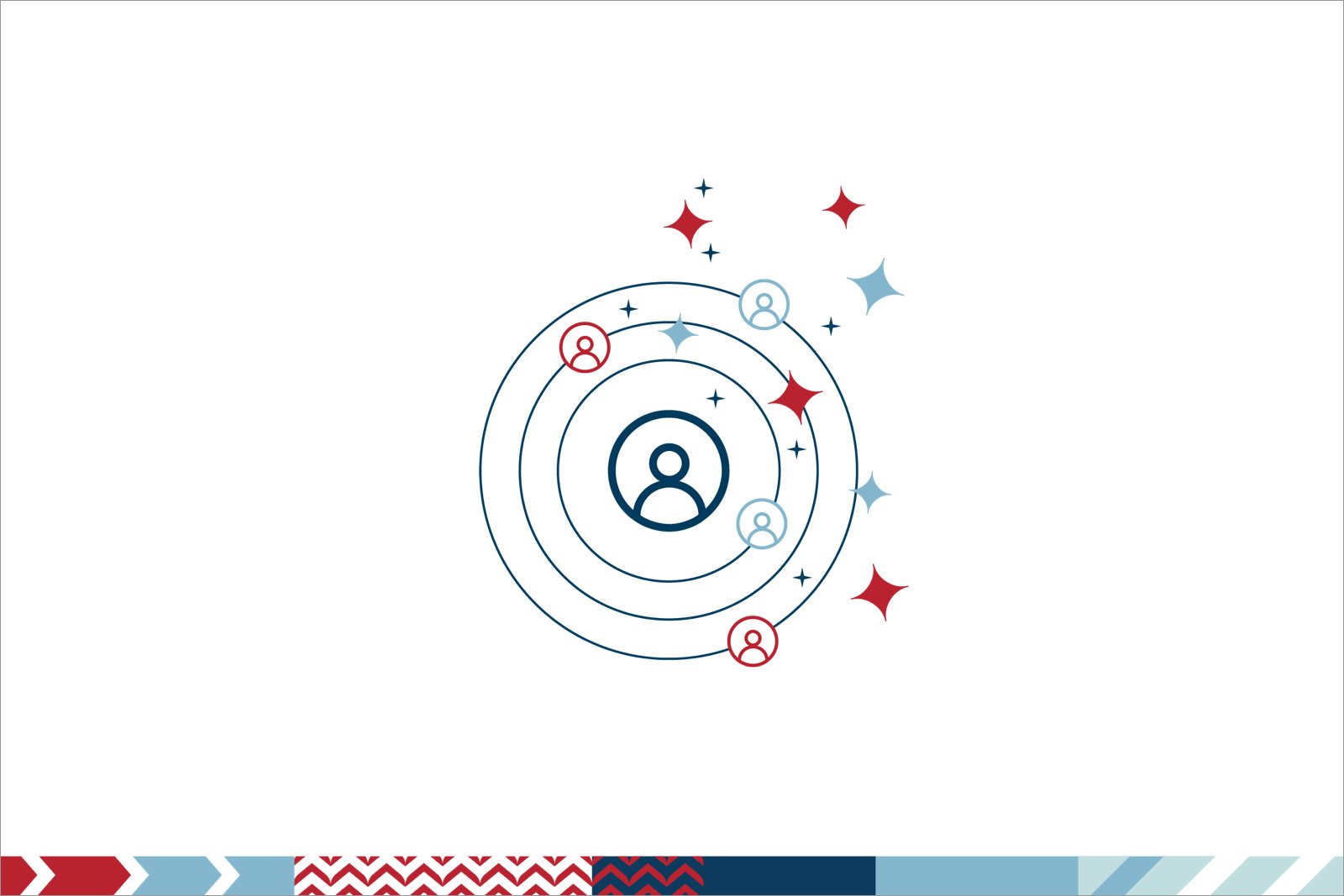Influencer Currency: Authenticity

If you use social media, you’ve likely encountered influencers sharing advice on how to live, where to go, what to wear, and, most importantly, what to buy. Often perceived as more trustworthy and reliable than other paid spokespeople, influencers have become powerful players in digital marketing.
Indeed, Cristiano Ronaldo, the famed Manchester United footballer, receives nearly $4 million per post, according to Kicksta. Louis Vuitton, Nike, and TAG Heuer are among his clients. Meanwhile, Selena Gomez, another top-10 Instagram influencer, commands $1.7 million per post, teaming up with Adidas, Coca-Cola, Pantene, and other brands.
What’s behind all this money and influence? In today’s digital-dependent, light-speed marketplace, both brands and influencers benefit from authentic partnerships. After all, user-generated content (UGC) provides a deep value for brands: Influencers drive purchase decisions for 33% of Gen Z and 28% of millennial shoppers. And because trust has become an important factor for target audiences, more personalized and curated content helps shape a brand narrative. Plus, tapping into influencer marketing is an innovative, humanizing way to do that.
As the industry rapidly evolves its relationship with influencers, here are key trends to consider:
-
Lines blur between content creator and influencer
The terms influencer and content creator are vaguely defined, are often confused, and increasingly overlap. While the terms are sometimes used interchangeably, important distinctions exist.
Influencers generally have personal brands and large followings on social media. Their communities are built on personality and image. The quality of the content varies because followers are there for the influencers themselves, not necessarily the production value of their content. Celebrities like Rinaldo (577 million Instagram followers) and Gomez (412 million Instagram followers) and non-celebrities like Huda Kattan (52.9 million Instagram followers) are examples of influencers. Although they may create high-quality content, their focus is leveraging their personal brands to promote products.
Content creators, by contrast, produce beautiful, professional content for its own sake. Their value is in their skills, not their personal brands. Content creators make social media posts, videos, podcasts, and other media that’s entertaining and/or useful to followers. Some content creators develop a large following built on an appreciation of their content.
While influencers are generally hired for their large number of followers, and content creators are typically hired for their skills, the lines between the two groups continue to blur as influencers create high-quality content and content creators build larger social platforms.
-
Perceived authenticity reigns supreme
Consumers are increasingly skeptical of influencers promoting products they don’t authentically endorse, and brands are realizing that a big audience doesn’t always mean high engagement or enviable sales conversions.
Beauty influencers, in particular, face heavy scrutiny for promoting a constant churn of new supposed must-have products. Mikayla Nogueira, a beauty influencer who boasts nearly 15 million TikTok followers, was recently involved in a mini scandal referred to as #mascaragate. She was accused of wearing false lashes while promoting a L’Oréal mascara. Many followers perceived her as misrepresenting the product and aggressively criticized her on the platform.
Brands that use influencer partnerships must continually evaluate their value proposition and fine-tune their strategies. Otherwise, they run the risk of an influencer partnership quickly turning into an unintentional—or even reputation-damaging—misalignment.
-
Micro-influencers are on the rise
Enter the micro-influencer with smaller follower counts—typically 10,000 to 50,000—but an expert in their own niche with trusting, highly engaged relationships with followers.
Fashion, beauty, travel, fitness, food, home decor, and technology all boast their own set of micro-influencers; and the financial investment for brands working with them is considerably lower than working with mega influencers.
The value proposition of working with a micro-influencer hinges on the trust-based relationship they have with followers. While fewer people see their content, those who do are invested. Micro-influencers also offer opportunities for long-term partnerships that reach their authentic audiences rather than one-off promotions that could be viewed as opportunistic money grabs.
-
Deinfluencing is in vogue
With more than 500 million views, #deinfluencing is trending on TikTok. As more brands join the platform, more influencers are pushing branded content. The resulting oversaturation of monetized content, coupled with a growing backlash against consumerism, is driving the trend.
A TikTok search for “low-buy” or “no-buy” returns dozens of results as creators participate in challenges where they purchase nothing but necessities for a month, or even a year. Meanwhile, haul videos, where influencers show off recent purchases and share how they’ll style them, are no longer only for fast-fashion or luxury brands. Thrift-store hauls have joined the mix with influencers showcasing their latest finds and proclaiming the benefits of sustainable fashion.
But is deinfluencing actually just the next wave of influencing? What started as a push to encourage lower consumption and reduced waste is shifting to “buy this, not that” or promoting lower-cost “dupes” of luxury items. Rather than reducing consumption, it could be argued that it’s evolved into a trend not to consume less, but simply to consume different products.
What does all this mean for loyalty?
According to Lacek’s research, 50% of consumers report that the importance of a brand’s values has increased in the past several years. In other words, influencers and creators you choose to work with are an extension of your brand, so choose wisely.
-
Consider shared value. Only work with influencers and content creators whose personal brands and content align with your brand values.
-
Do your due diligence. An influencer’s behaviors reflect on your brand. Before starting a partnership, research past behaviors and understand their stands on issues important to your customers.
-
Make decisions based on more than follower totals. Influencers must believe in your brand and your products to engage authentically with them.
-
Insist on authenticity in content. Whether you’re working on a one-and-done product promotion or beginning a long-term partnership, identify creative opportunities that reflect an influencer’s or content creator’s genuine appreciation for your brand.
Consumer loyalty has always ultimately been driven by trust. Engaging influencers as partners and valued extensions of your brand—and then holding them to high standards for authenticity, values, and quality—may help you stay relevant among today’s digital-savvy consumers.
Surely the landscape of influencer marketing will continue to evolve. At present, it offers a potentially efficient new strategy for brands to effectively reach targeted markets.
Maeghen Krueger is Director, Strategic Services for The Lacek Group, a Minneapolis-based data-driven loyalty, experience, and customer engagement agency that has been delivering personalization at scale for its world-class clients for more than 30 years. The Lacek Group is an Ogilvy company.

